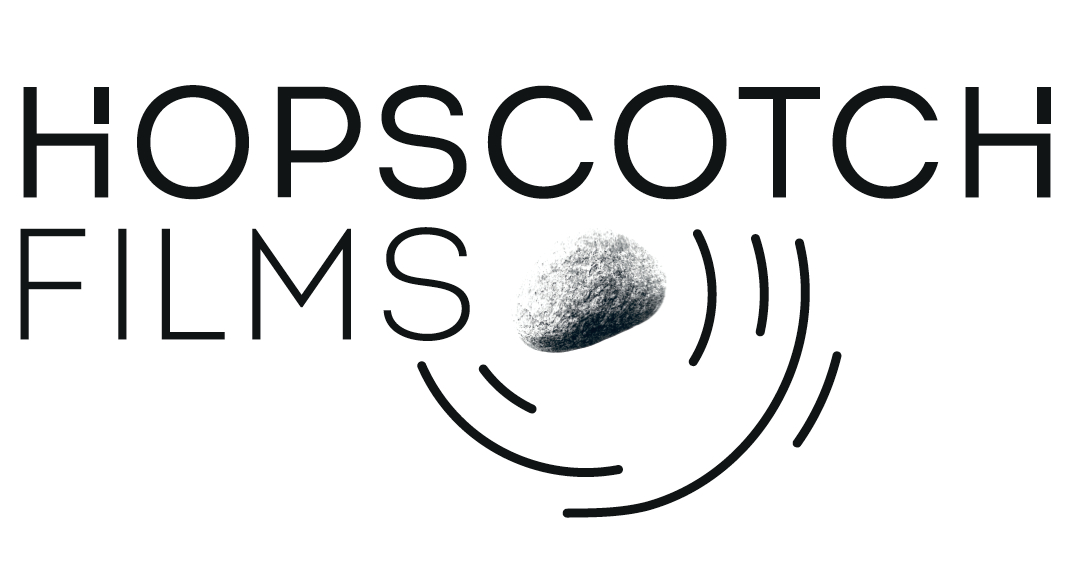Edinburgh International Film Festival held its inaugural Scottish Film Summit on June 18th. Hopscotch's John Archer was invited to attend.
“The Scottish film sector is facing a period of immense change, challenge and opportunity. The aim of the Summit is to provide a forum for the whole of the industry to come together to discuss the future Scotland’s film industry wants to build.
This is an opportunity to present the current views and concerns of the industry, and to look at how we build the Scottish industry post-Referendum.”
John was invited to share a vision of the Scottish Film industry in 2024, which got a great response.
Had an excellent day a #scotfilmsummit yesterday. I found John Archer of @HopscotchUK vision of the future particularly gladdening
— Grant Crockett (@NotDavyCrockett) June 19, 2014John Archer of @HopscotchUK is dreaming of future film production in Scotland, summing up #scotfilmsummit. #indyref http://t.co/42txLgOr2x
— Ben Kempas (@kempas) June 18, 2014Here is the text in full.
Let me tell you of a dream I had earlier this week. I woke in 2024, in a different Scotland and a very different film landscape. This is how it is in 2024. Film production in Scotland has stabilized after the heady year of 2020 when two different Scottish films won the Cannes Palme D’Or and the Oscar for Best Film. The five leading film companies, all very different, grew out of the great collaboration of 2015, when working as a co-operative, Scottish film companies benefitted from a huge injection of public support from Creative Scotland and Scottish Enterprise. Though controversial at the time, looking back it was just the boost that the industry needed.
Building on film’s position as being both cultural and industrial, IPS developed a collaborative and co-operative plan that was known variously as film’s Common Weal, and by the tag IPSo Facto – the very fact of it existing meant that it did good for all. The pooling of resources meant that any company of scale was able to draw upon legal, business and creative development support while freeing producers to do what they should be doing – produce. And the companies involved – ranging from low budget to high, fiction to documentary and animation – benefitted from their joint knowledge, drawing on each others experience and expertise.
Of course the timing was perfect. The ERDF fund for Scottish Film from 2015 provided a huge extra resource for production funding. Following Scotland’s decision for extra tax breaks for production in Scotland, combined with the attraction of new EIS funds, Scotland could draw on unprecedented production capital. This was a virtuous circle with the new studio providing the production space and an appetite for a throughput of new projects. Joining Eurimages in 2016 provided a shot in the arm for co-productions, as producers forged links all over Europe.
The locally produced Braveheart 2, set in the immediate future rather than the past, imagined a new vision for Scotland and gave its name to the new distribution model – with films being released in cinemas and on home screens via the Braveheart network. The buzz and excitement around new Scottish productions on their home turf was matched by a growing international following, with audiences around the world eagerly awaiting the new Scottish film.
The pool of writers available to producers had expanded greatly not only through the increased training courses dedicated to script production, but also thanks to the Swinney Charter, which meant that any creative writer living and working in Scotland lived tax free provided that at least 50% of their work was on qualifying Scottish productions – whether books, poetry, television or ,crucially, film.
Just exactly what is a Scottish Film has developed in many different ways since being defined at the 2014 film summit. But both legally and creatively it is now firmly established and best of all – recognised and loved by audiences all over the world.
